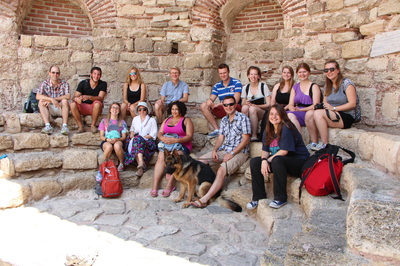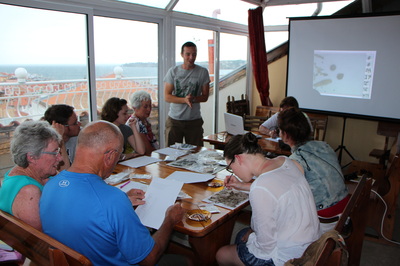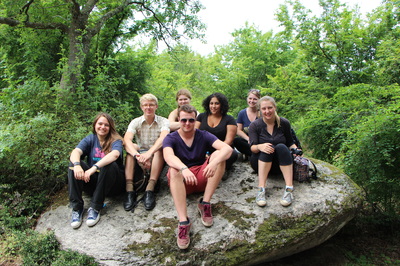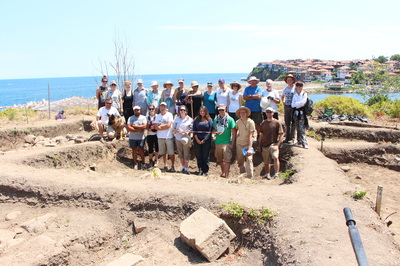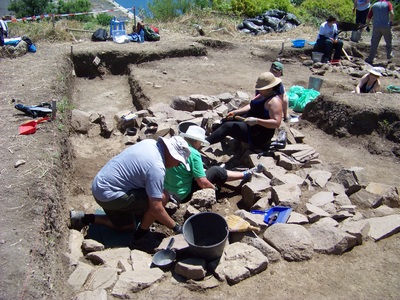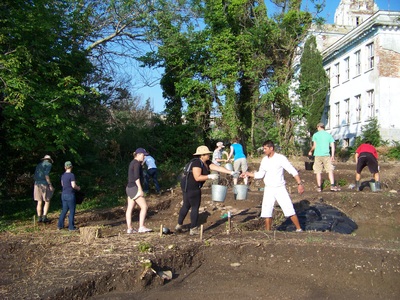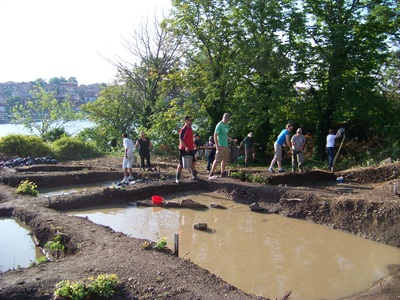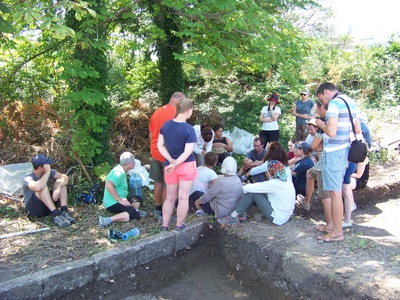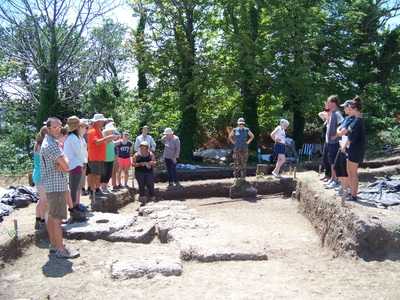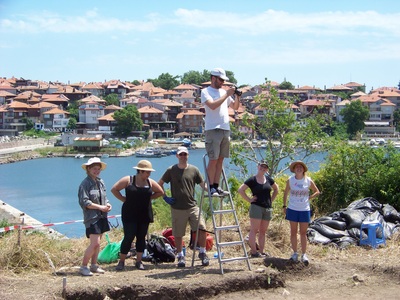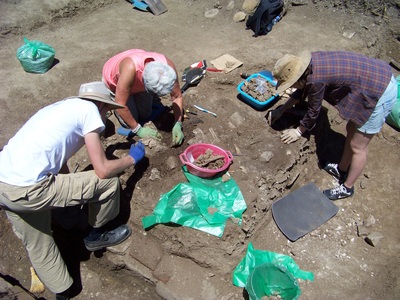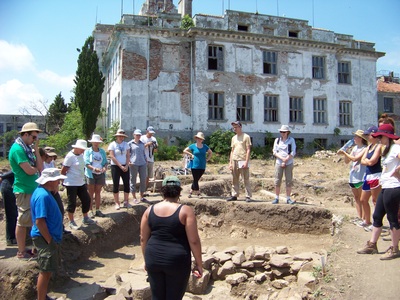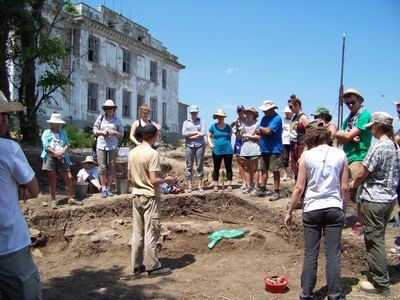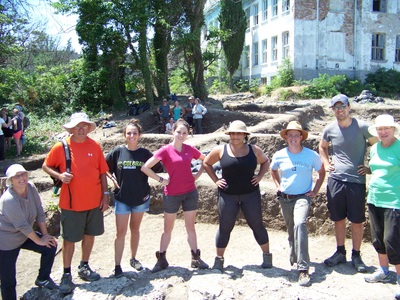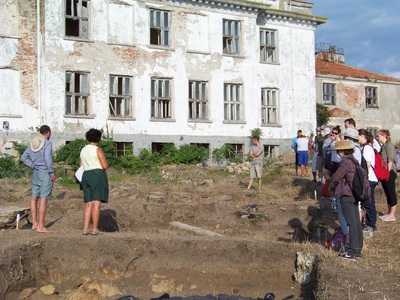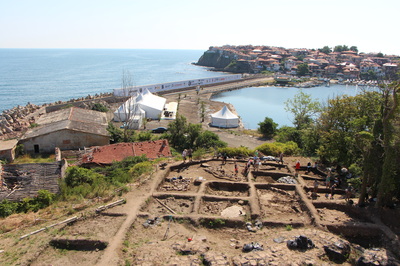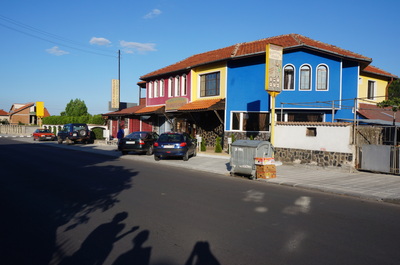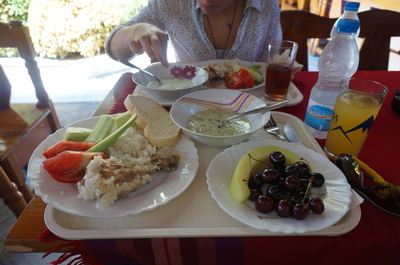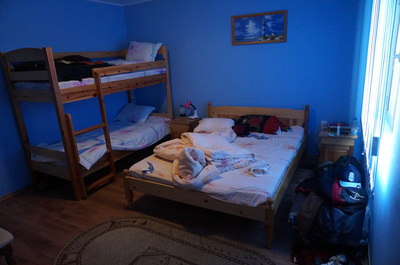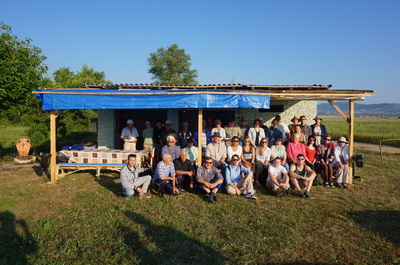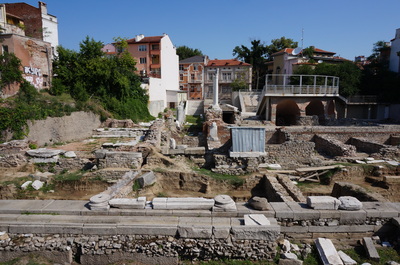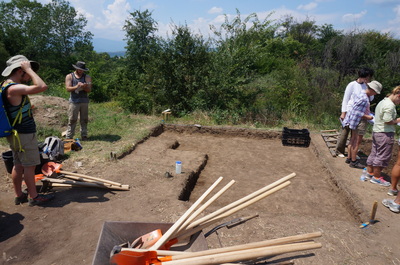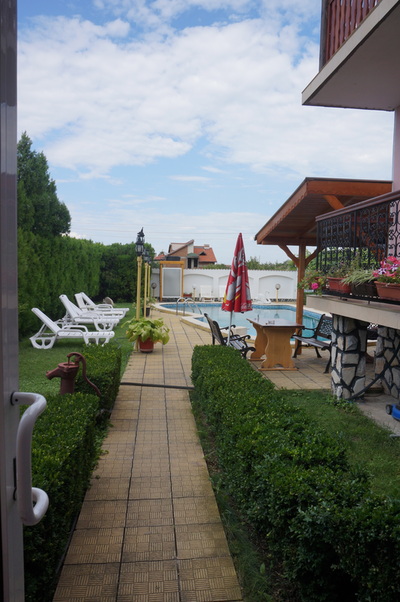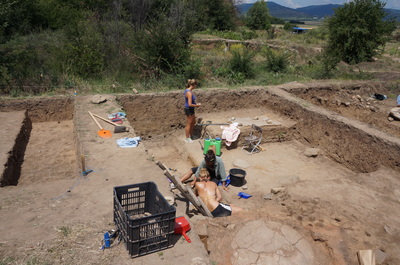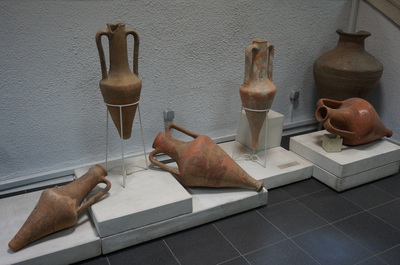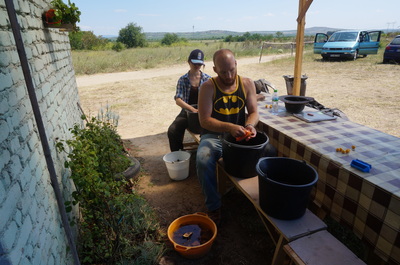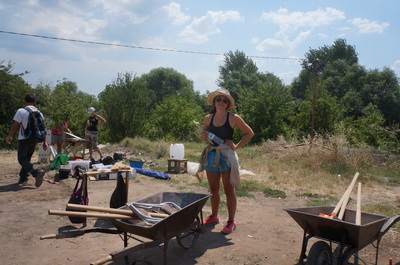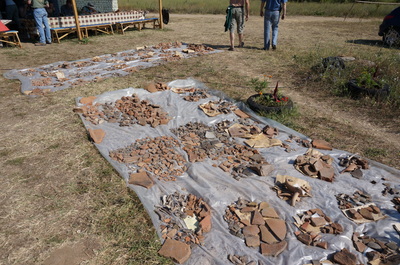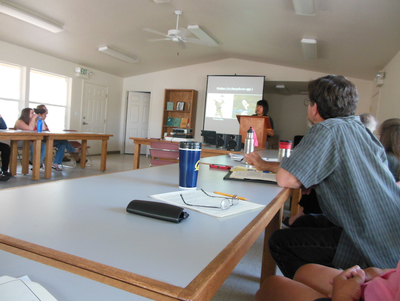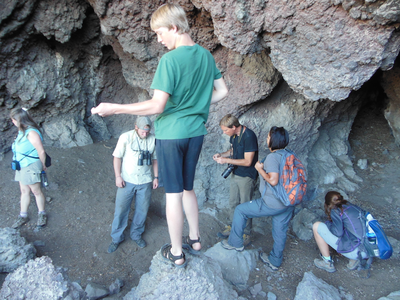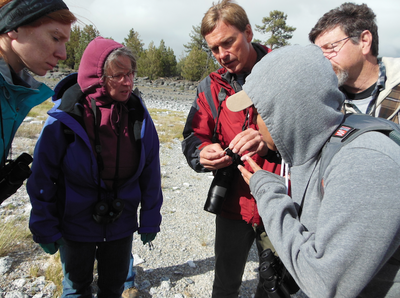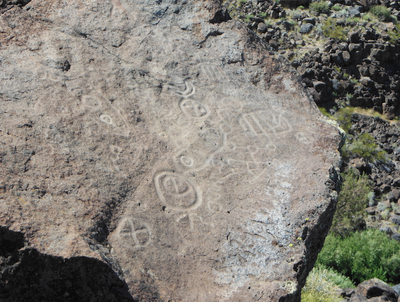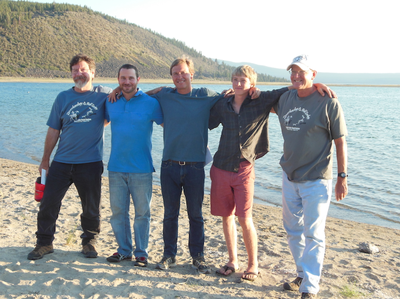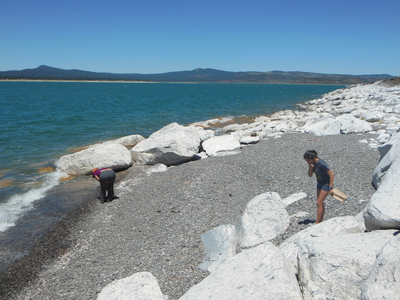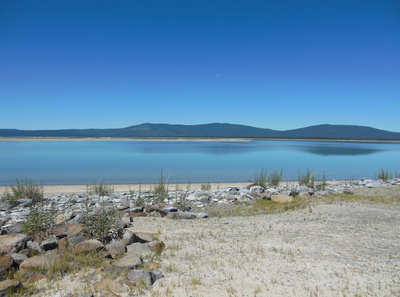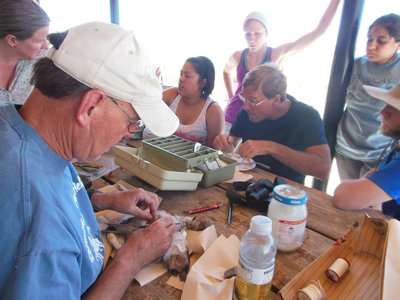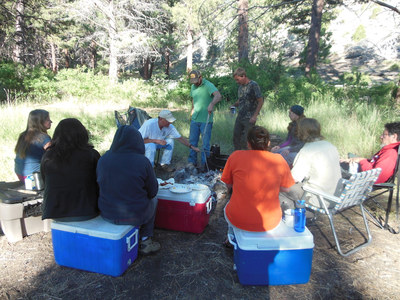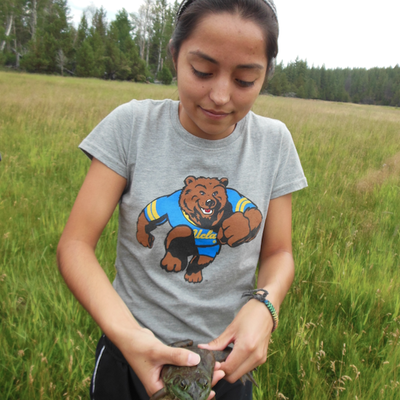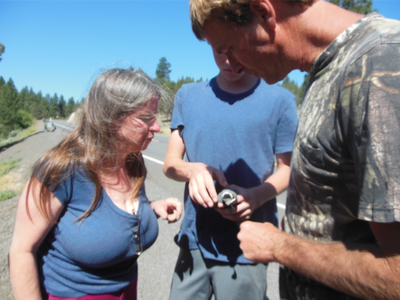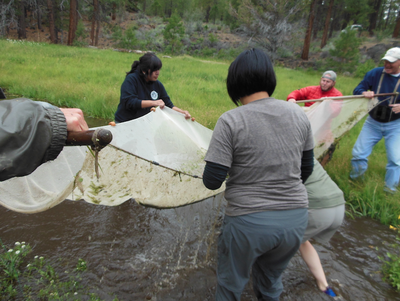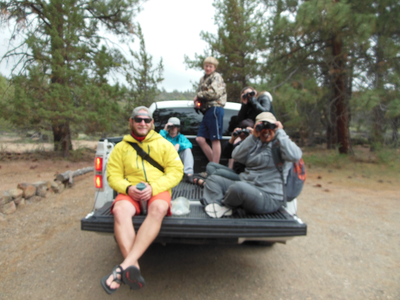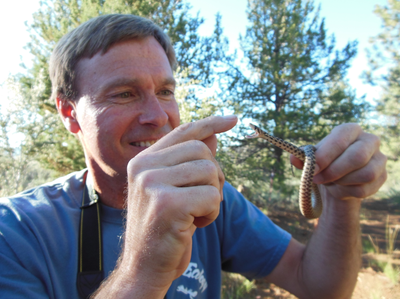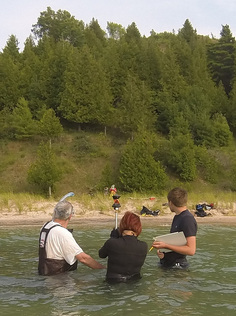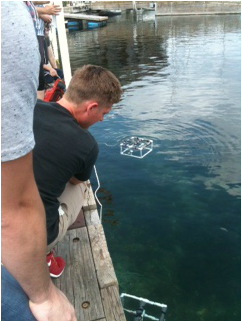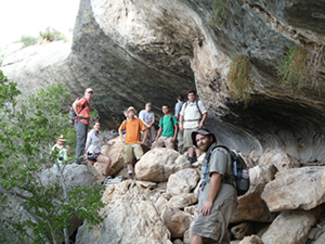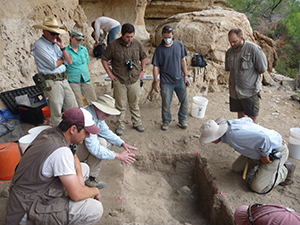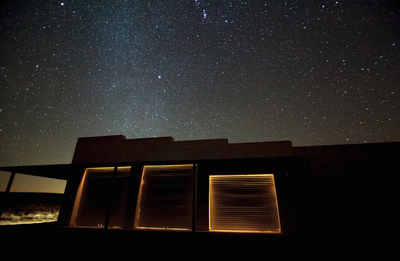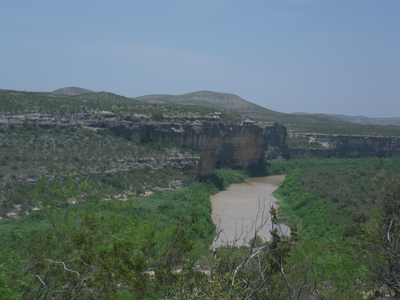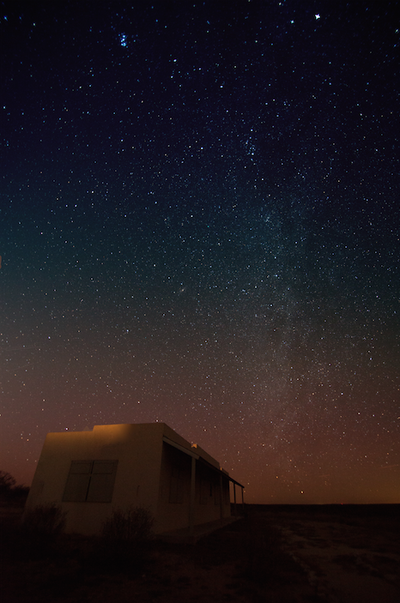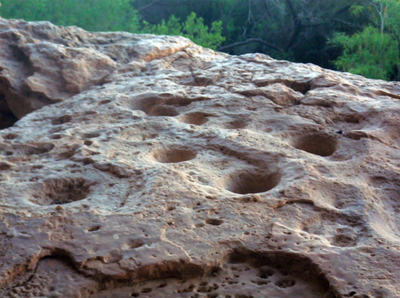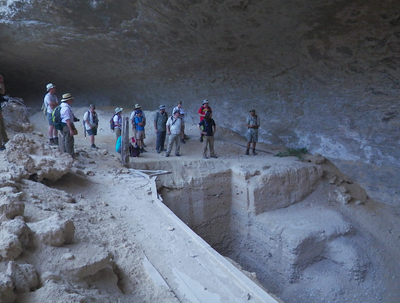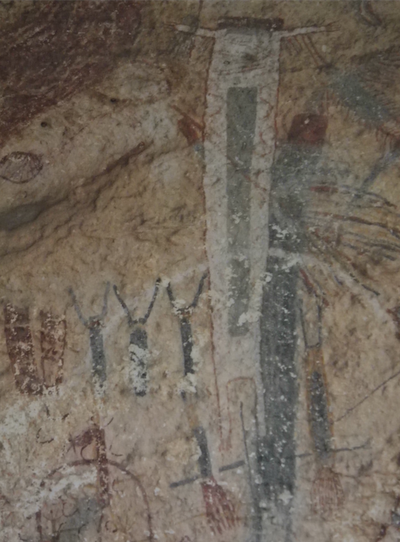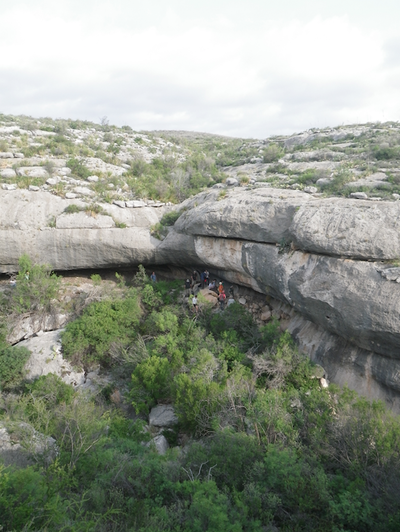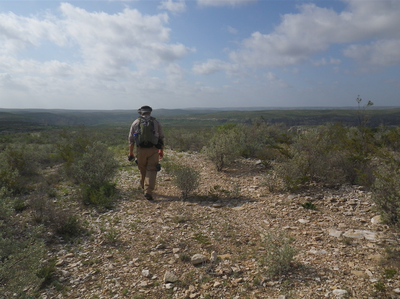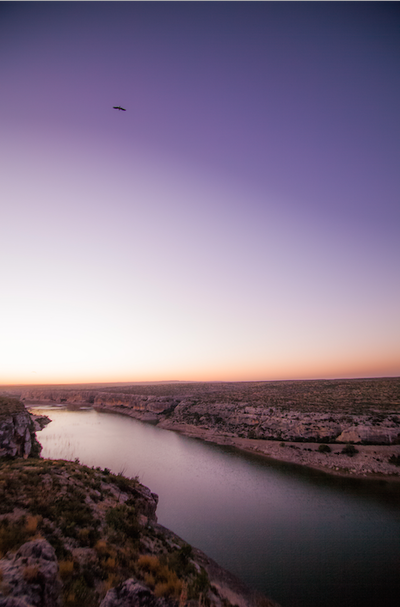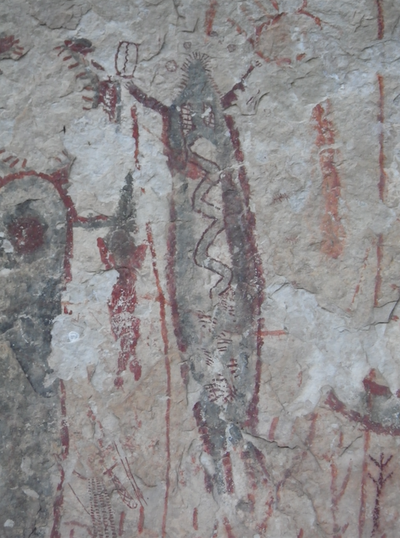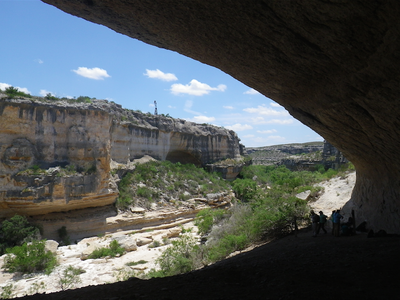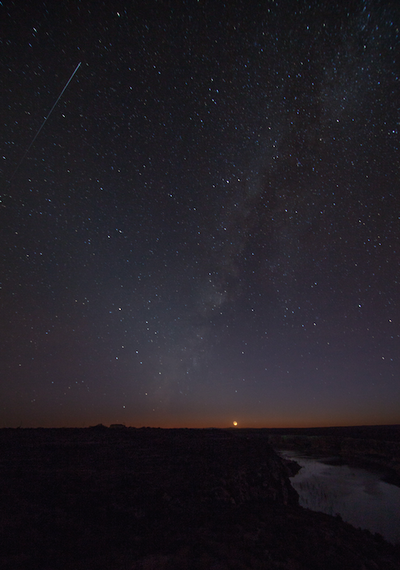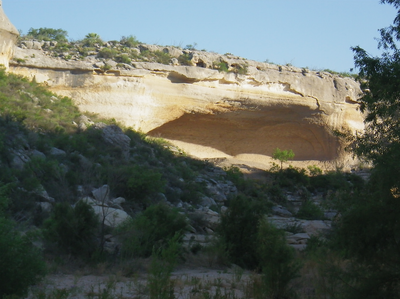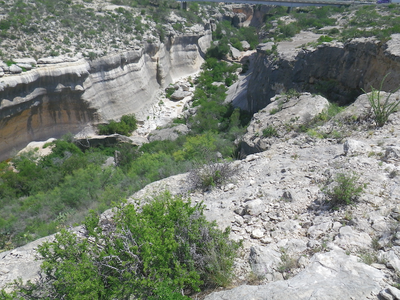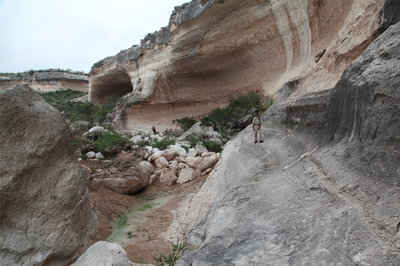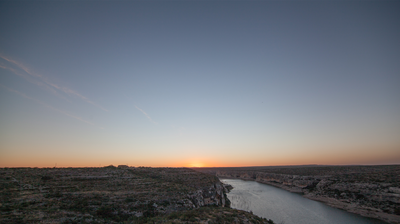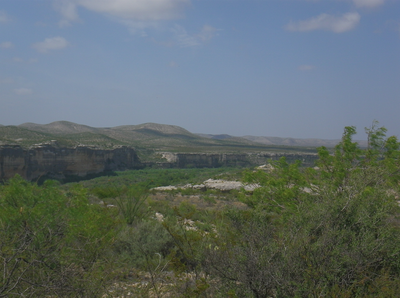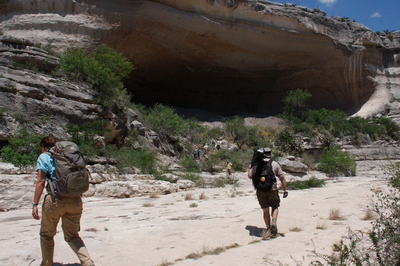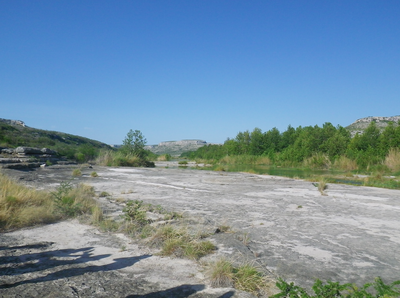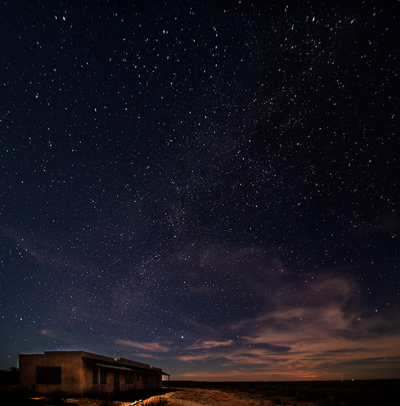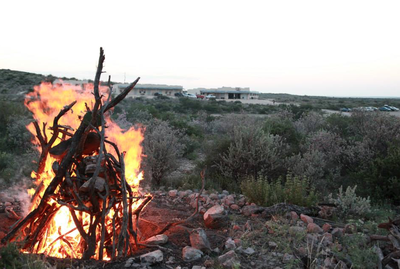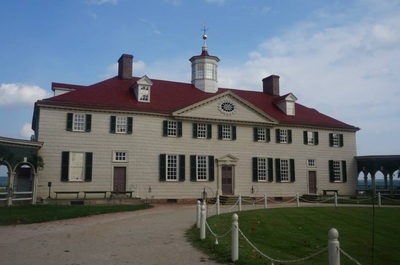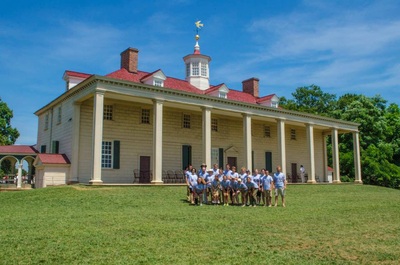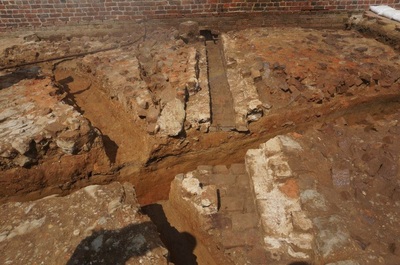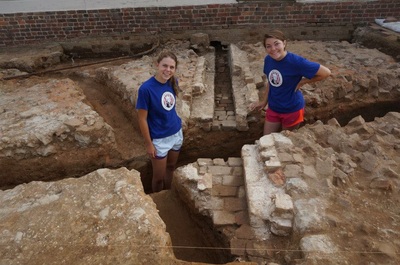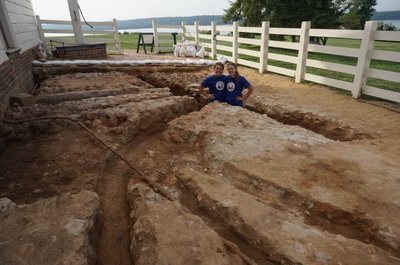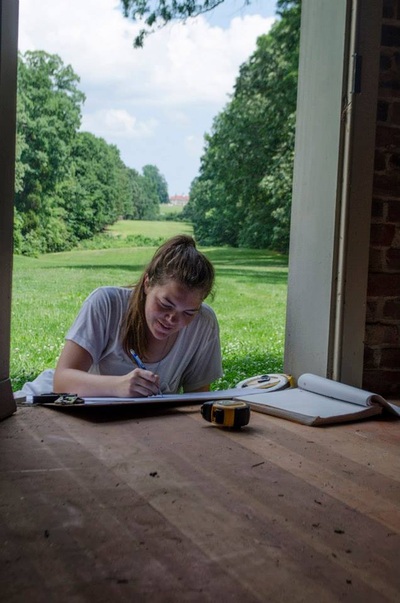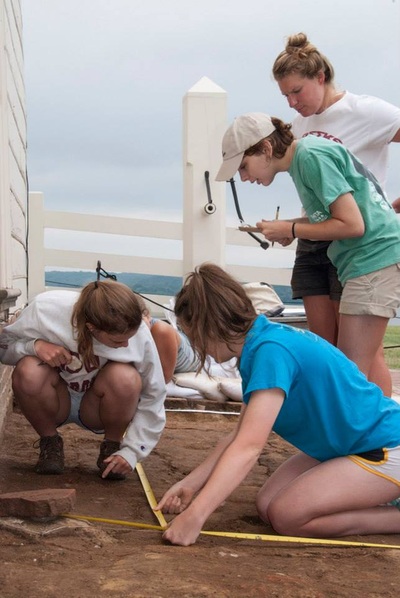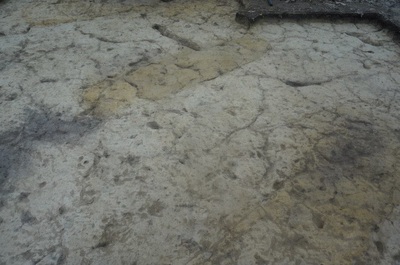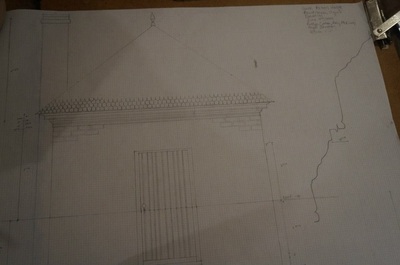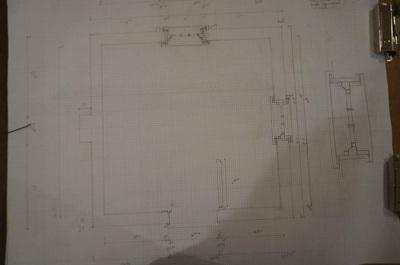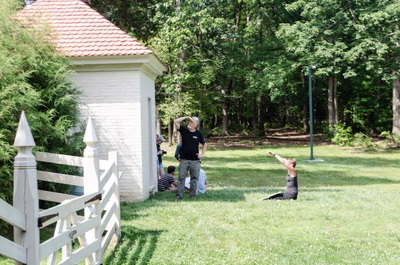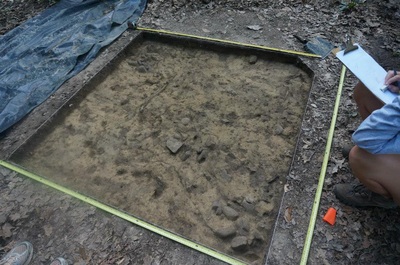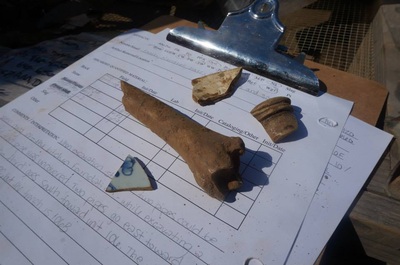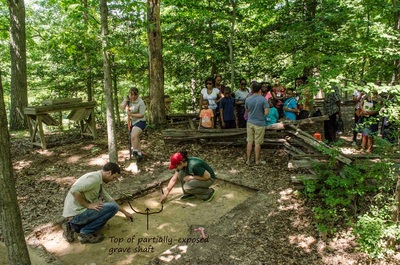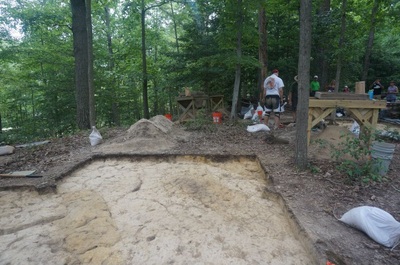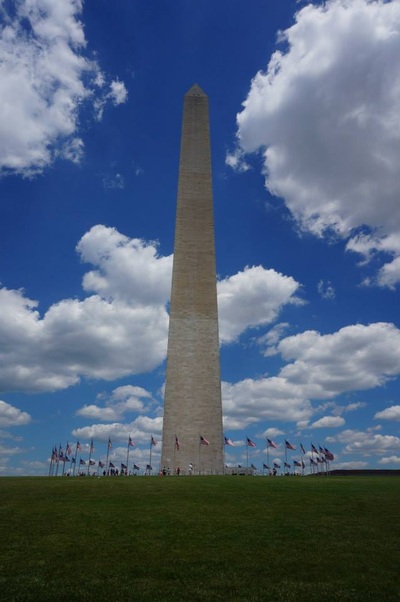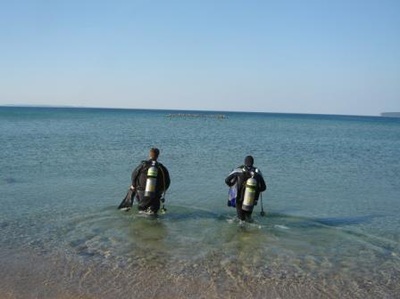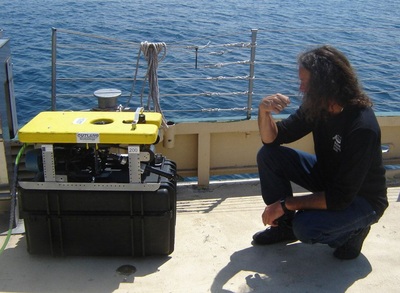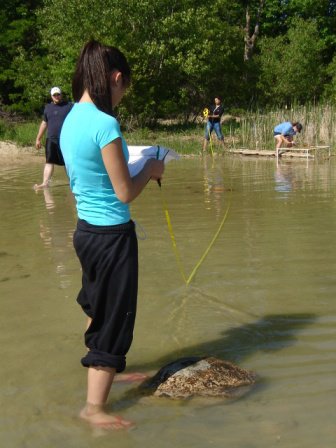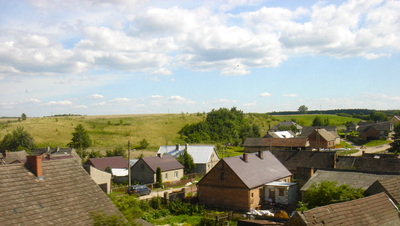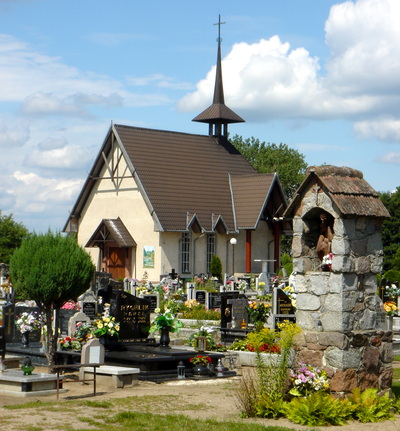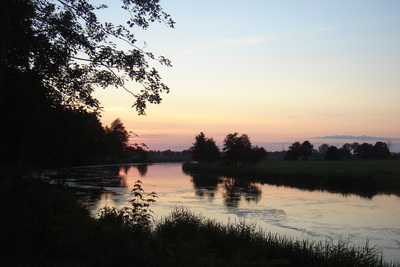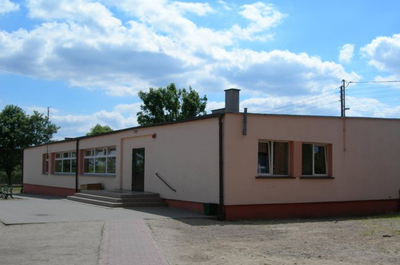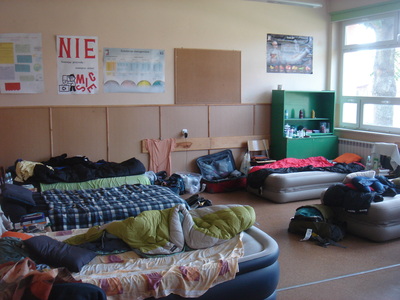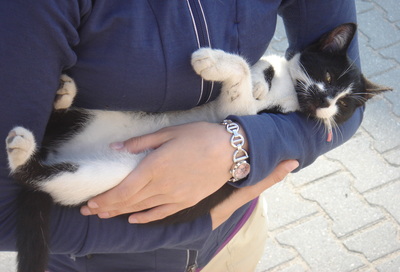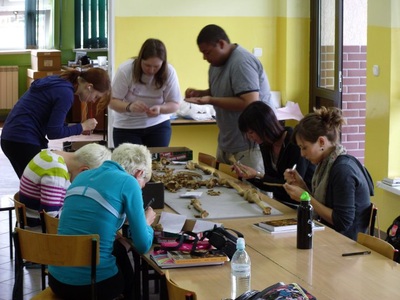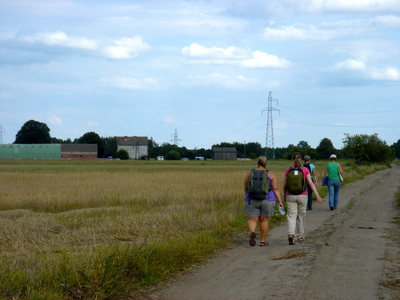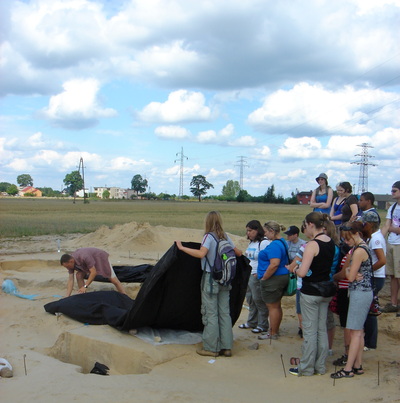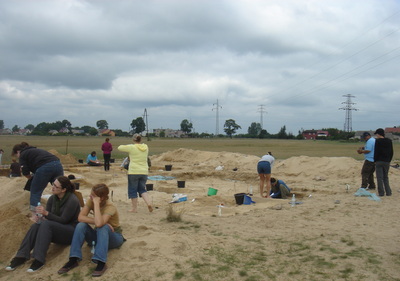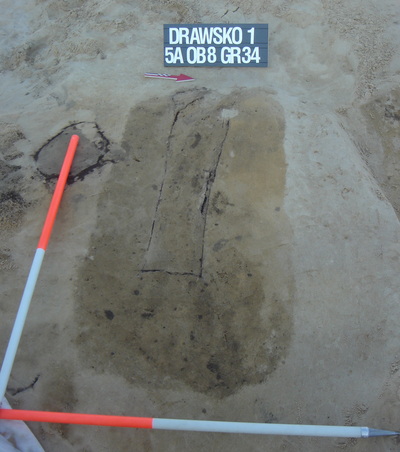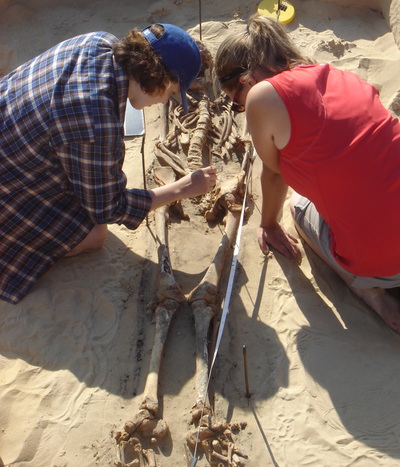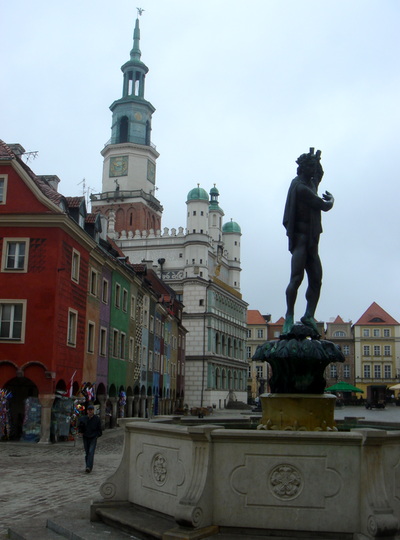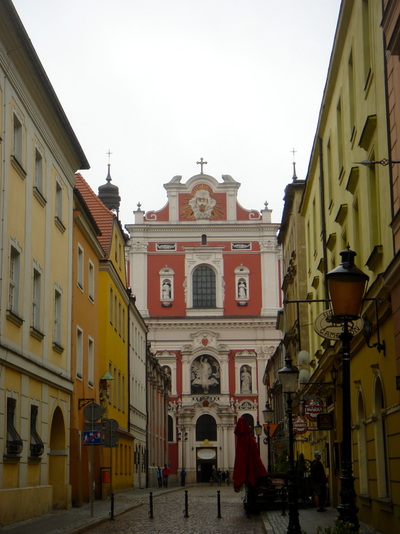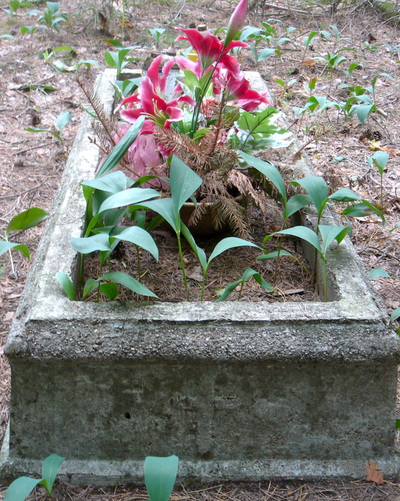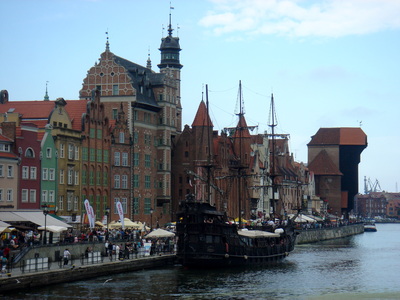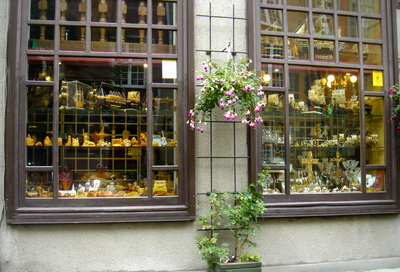FIELD SCHOOL & WEBSITE: Balkan Heritage Field School's Apollonia Pontica Excavation Project
LOCATION: St. Kirik Island, Sozopol, Bulgaria
AFFILIATIONS: Balkan Heritage Foundation, Apollonia Pontica excavation team, Archaeological Museum of Sozopol, New Bulgarian University
LENGTH & DATES: Session I: 27 June - 11 July 2015; Session II: 11 - 25 July 2015; Session III: 27 June - 18 July 2015
HISTORY: The first archaeological survey on the island was conducted in 1904 by the French consul and scholar L. Degrand. The results from the excavations were never published and many artefacts from Archaic and Classical Greek period found there were transported to France and exhibited in the Louvre. For approximately 100 years after that the territory of St. Kirik Island was used as a military zone by the Bulgarian Ministry of Defence. In 2005 the island was demilitarized and in 2009 the Apollonia Pontica Excavation Team lead by Dr. Krastina Panayotova restarted the excavations.
CURRENT PROJECT: This season, the project will likely include excavations at the top of the island, in the area of the Archaic and Classical Greek and Hellenistic temples, Ancient Greek Copper Foundry, and the Early Christan basilica and necropolis.
STAFF: The dig is directed by Krastina Panayotova, professor and head of the Department of Classical Archaeology, National Institute of Archaeology and Museum, Bulgarian Academy of Sciences.
COST: 1189 EUR (Approximately $1,329 USD)
CREDITS: Up to 9 credits from New Bulgarian University
Tell us about your field school experience.
In July 2014 I participated in Balkan Heritage's Apollonia Pontica project on St. Kirik Island off of Sozopol, Bulgaria as a square supervisor and field instructor. I had taken part in the project in the same capacity the previous year but for only two weeks at the beginning of August. Since the excavation season of August 2013 was such an interesting experience and had yielded impressive new finds, I was excited to return to the site to see for myself what had been done during the second two weeks of the previous August and to do further field work at the site. The site is an attractive one since the early 19th century naval academy sits above basilica remains belonging to Late Antiquity and remains from an Archaic period sanctuary to Apollo. Despite a ferocious thunderstorm and the consequent flooding of the excavations squares at the site for the next two days, the dig season was a success, resulting in the find of a large retaining wall perhaps associated with early activity at the site as well as numerous interesting small finds. The whole team worked well together and enjoyed their time both at the site and off.
While not at work the team enjoyed time to walk around and spend time on the beach at seaside Sozopol, which was founded as the Greek colony of Apollonia Pontica in the mid-late 7th century BC. Weekend trips took the dig participants to nearby sites such as the Thracian rock sanctuary of Begliktash and Nesebar, which was founded as the Greek colony Messambria around the time of Apollonia Pontica's foundation. Thus, the project's participants were able to get an idea of the broader history of the region as well as that of Sozopol. Those participants who had returned to the project for another year were able to take additional trips in the area, too, to other towns that started off as Greek colonies, Achtopol (ancient Agathapolis) and Pomorie (ancient Anchialos).
What skills did you learn?
In my work on St. Kirik I continued to gain experience digging and filling out field documentation. For example, this last season I gained experience in uncovering and interpreting architectural structures (in this case a perimeter wall) that stretched into multiple squares. My squaremates gained experience in digging and written documentation as well as in drawing and photo documentation. Although no graves were uncovered this dig season, in August 2013 I had the chance to help with the excavation of a couple of Late Antique Christian burials of a young adult and child. During the middle two weeks of that dig season the two burials were thoroughly and effectively excavated by my square mates.
How were the accommodations?
Accommodations for the team were divided between a guest house and military academy hotel in the newer part of the town. Most of the team was housed in the guest house, which was located only a couple streets away from the military hotel. The rooms were simple but nice, and most had small patios. The internet was for the most part reliable, and the guest house had a common room with patio on the top floor. Although at times our gatherings (ex. karaoke night) were a bit too loud for the landlord's liking (and she was sure to let us know how she felt), this common area was an enjoyable place to hang out after a good day of work. This area was also where most of the project's educational lectures were held. Our meals were provided at a restaurant up the hill from the guest house.
What are the pros and cons of this field school?
In general I was quite happy with the field school last summer. The site was always exciting for me to visit, and Sozopol is a nice little town with good restaurants, some shopping opportunities, and interesting cultural highlights (ex. ruins and a museum). I also enjoyed the weekend trips that I was able to take with the group in the area since numerous historical sites are located on the Black Sea coast.
As far as cons go, there were only a few that I noted. One is that the hotel's internet could be a bit elusive at times while another is that the BH team did not have the whole guest house to itself and thus had to be a bit cautious at night so as not to disturb other hotel patron, which curbed a bit the fun we were able to have on Youtube karaoke night. Another complaint of some participants was that the food at the restaurant we ate at for all our meals was often overly filling and at times a bit boring (as in they got too used to having some of the same dishes).
Would you recommend it?
I would certainly recommend this field school project to anyone who is interested in the history and archaeology of Bulgaria, ancient Thrace, particularly in the region's Late Antique and Archaic Greek periods. Despite some minor complaints from some project participants (which mostly regarded food), everyone from the project's three sessions enjoyed the project. As I mentioned before, a few participants from the August 2013 season enjoyed their experience so much that they returned for the July 2014 season.
